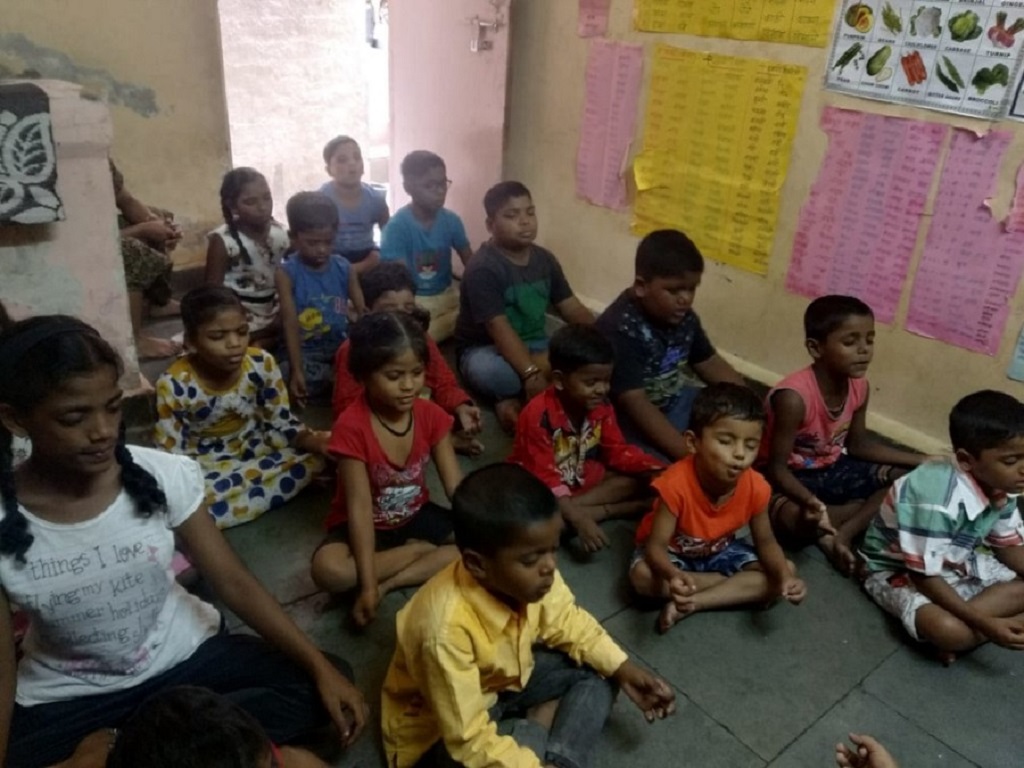In a world grappling with poverty, health disparities, and educational inequalities, community initiatives are emerging as powerful catalysts for positive change. These programs recognize the interconnectedness of these issues and work holistically. This blog of Fikrah is to uplift communities and create a better future for all.
1. Addressing Poverty Through Economic Empowerment
Many community initiatives focus on addressing poverty at its core. These programs provide training, resources, and support. To help individuals and families gain economic independence. This may involve skills development, microfinance, job placement, or entrepreneurship training.
2. Promoting Health and Wellness
Good health is a fundamental aspect of a thriving community. Initiatives that promote health and wellness provide access to healthcare services, nutrition education, and hygiene practices. These programs aim to prevent illness, reduce mortality rates, and improve the well-being of community members.
3. Accessible Education for All
Education is a powerful tool for breaking the cycle of poverty. Community initiatives often focus on accessible and quality education for all. With a particular emphasis on underprivileged children. They may establish schools, offer scholarships, provide learning materials, or support teachers. To ensure that every child has a chance to learn.
4. Housing and Infrastructure Development
Improving living conditions and infrastructure is another crucial facet of holistic community initiatives. Access to safe housing, clean water, and sanitation facilities can impact the quality of life for residents. These programs work to upgrade housing and infrastructure in underserved areas.
5. Fostering Social Cohesion
Building strong communities requires fostering social cohesion. Initiatives that promote unity, tolerance, and cooperation among community members help create a sense of belonging. As well as a shared responsibility. This, in turn, strengthens the community’s ability to address challenges collectively.
6. Sustainable Agriculture and Food Security
Ensuring food security is vital for community well-being. Programs that promote sustainable agriculture practices, provide agricultural training, and support local farmers contribute to food self-sufficiency and economic stability within the community.
7. Environmental Conservation
Environmental sustainability is a growing concern. Some initiatives incorporate environmental conservation efforts. To protect natural resources, reduce pollution, and mitigate the impact of climate change. Thus ultimately benefiting the health and prosperity of the community.
Conclusion:
Community initiatives that address poverty, health, and education holistically recognize that these challenges are deeply interconnected. By tackling these issues collectively, these programs empower individuals and communities to overcome adversity and build brighter futures. They exemplify the power of community-driven change. Where individuals come together to uplift one another and create a more fair and prosperous society.
Click here to know more about “Fight against Poverty”

